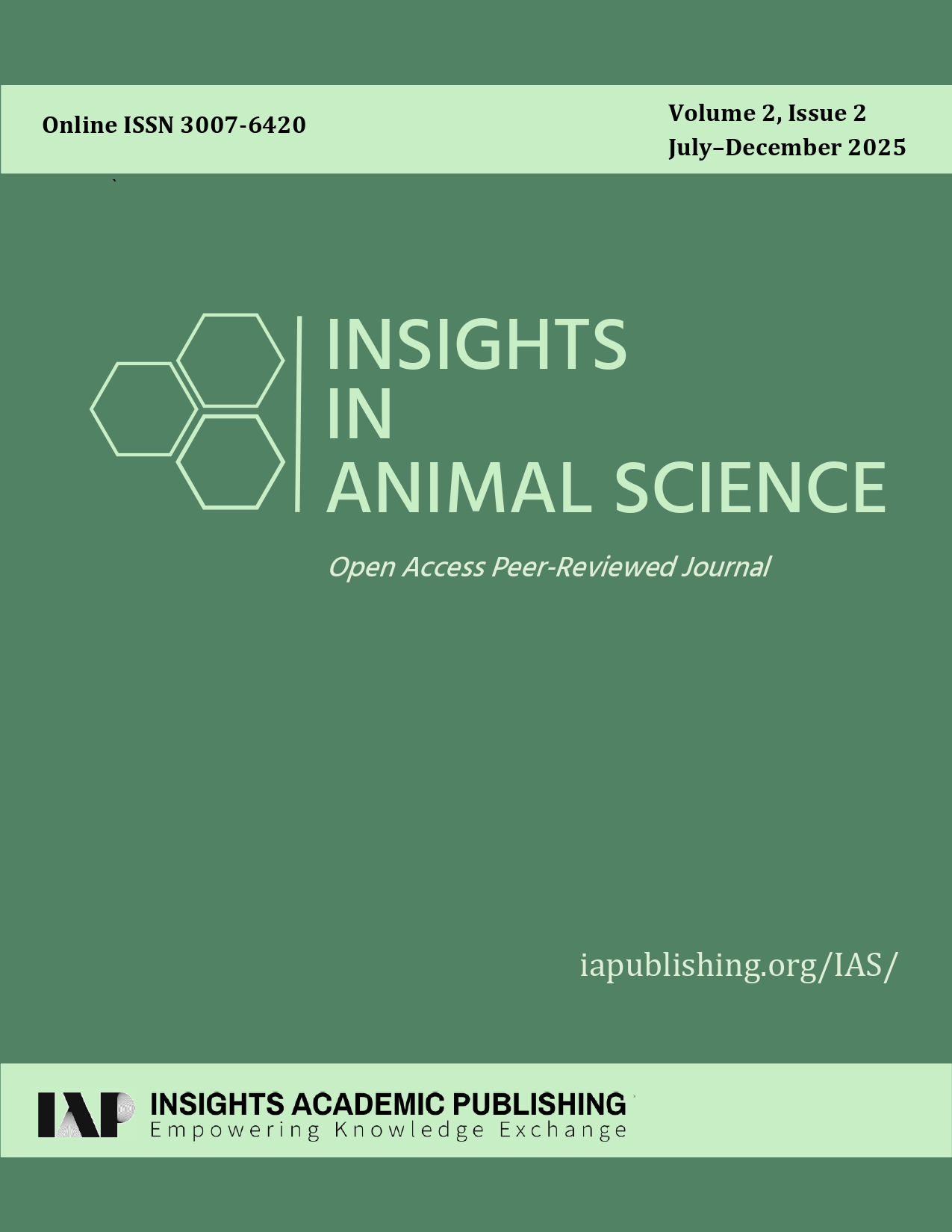Abstract
This study examined the key factors influencing goat production in selected local government areas of Anambra State, Nigeria. A well-structured questionnaire was distributed to 100 goat farmers randomly selected from the three locations. Percentage frequency, multiple regression, and chi-square analyses were employed in data analysis. Results indicated that 64% of the respondents were male and 36% female. The predominant breeds raised were West African Dwarf (68%) and Red Sokoto (32%), managed under extensive (50%), semi-intensive (47%), and intensive (3%) systems. About 70% of the respondents had no access to credit, and of those who received (30%), only 7% obtained credit from the bank. A majority (66%) of the respondents had no access to veterinary services, resulting in infrequent vaccination (68%) and prevailing Peste des Petits Ruminants (70%) and foot-and-mouth (25%) diseases. Regression analysis revealed that the production system significantly influenced farmers' income (R² = 34.50%, b = 1.04, p < 0.05), while herd size was primarily affected by production costs (R² = 22.90%, b = 0.26, p < 0.05). Chi-square results indicated that income and production costs were significantly (p < 0.05) associated with gender and location of goat farmers. The study concludes that socio-economic characteristics, breed type, production system, loan access, diseases, veterinary factors and geographical location are critical determinants of income and herd size among goat farmers. Prioritizing these factors is essential for enhancing productivity and economic returns in goat farming in Anambra State.

This work is licensed under a Creative Commons Attribution 4.0 International License.
Copyright (c) 2025 Ugwumba Chijioke Isaac, Anthony Francis Awugosi (Author)

